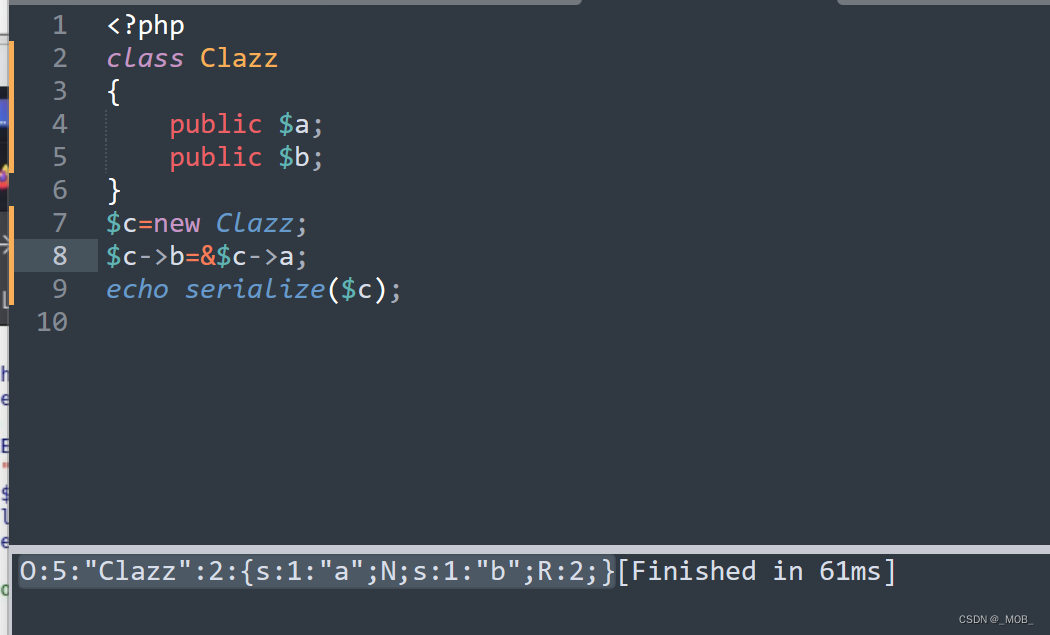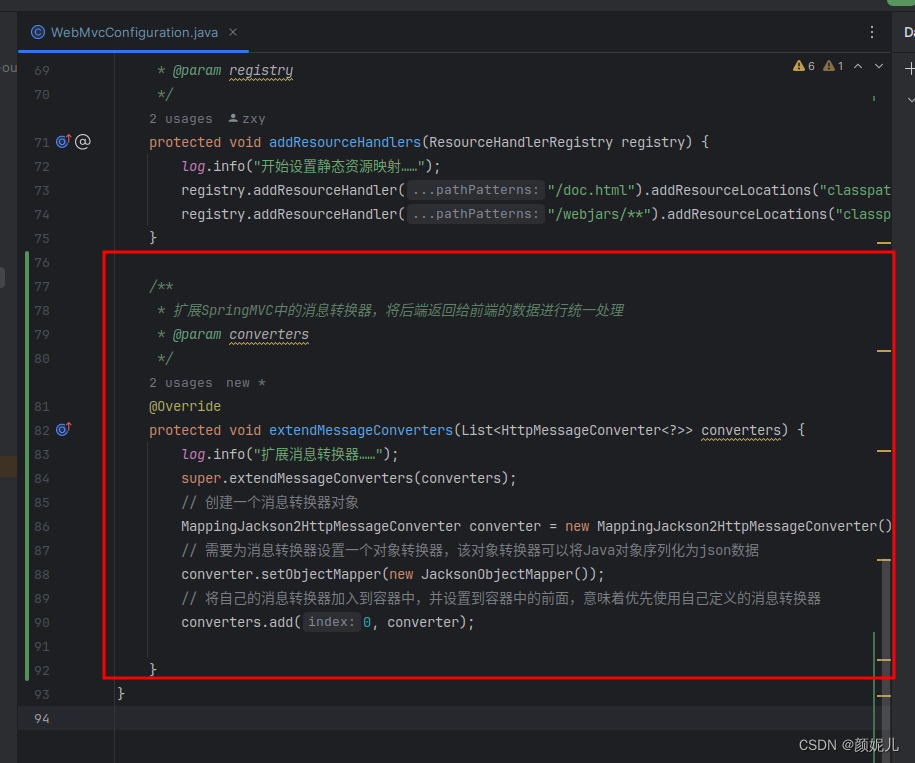Android VpnService 使用(一)
本篇算是VpnService 使用的第一篇文章,主要讲述service创建,intent调用.
1: 申请权限
<service android:name=".MyVpnService" android:permission="android.permission.BIND_VPN_SERVICE">
<intent-filter>
<action android:name="android.net.VpnService"/>
</intent-filter>
</service>
2: 实现
首选,我们需要调用VpnService.prepare函数. 该方法用于准备建立VPN连接.
- 如果VPN应用程序已经准备好,或者用户之前已经同意VPN应用程序 该函数返回null
- 否则则返回intent.
Intent prepare = VpnService.prepare(getApplicationContext());
if (prepare != null) {
startActivityForResult(prepare, 0);
} else {
Log.d(TAG, "onCreate: onActivityResult");
onActivityResult(0, RESULT_OK, null);
}
@Override
protected void onActivityResult(int requestCode, int resultCode, @Nullable Intent data) {
super.onActivityResult(requestCode, resultCode, data);
if (resultCode == RESULT_OK) {
Intent intent = new Intent(this, MyVpnService.class);
startService(intent);
Log.d(TAG, "onActivityResult: startService");
}
}
import android.content.Intent;
import android.net.VpnService;
import android.os.ParcelFileDescriptor;
import android.util.Log;
/**
* @Author: zh
* @Time: 23-12-11.
* @Email:
* @Describe:
*/
public class MyVpnService extends VpnService {
@Override
public int onStartCommand(Intent intent, int flags, int startId) {
VpnService.Builder builder = new VpnService.Builder();
ParcelFileDescriptor parcelFileDescriptor = builder
.addAddress("192.168.0.1", 24)
.addRoute("0.0.0.0", 0)
.addDnsServer("192.168.1.1").establish();
if (parcelFileDescriptor==null ){
Log.i("MyVpnService","MyVpnService not prepared");
return START_STICKY;
}
return START_STICKY;
}
}
授权的弹框如下:
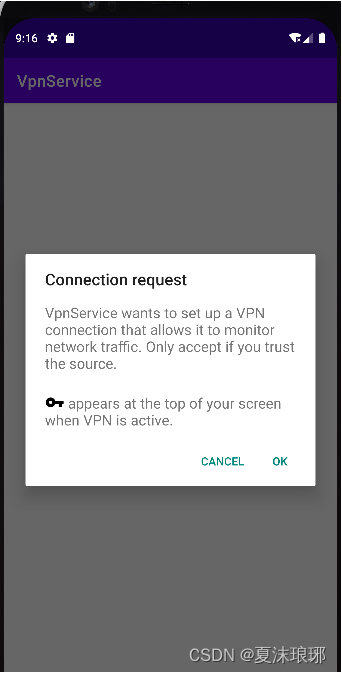
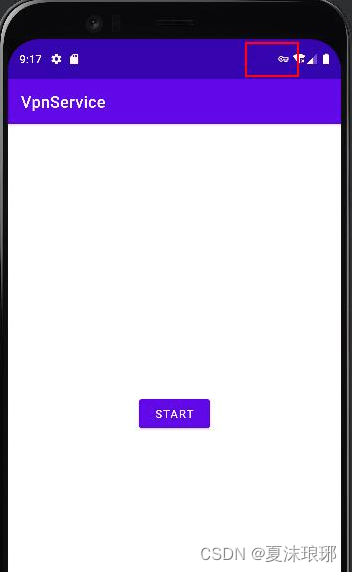
设置中可以找到对应的Vpnservice:
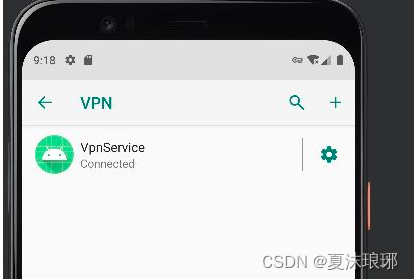



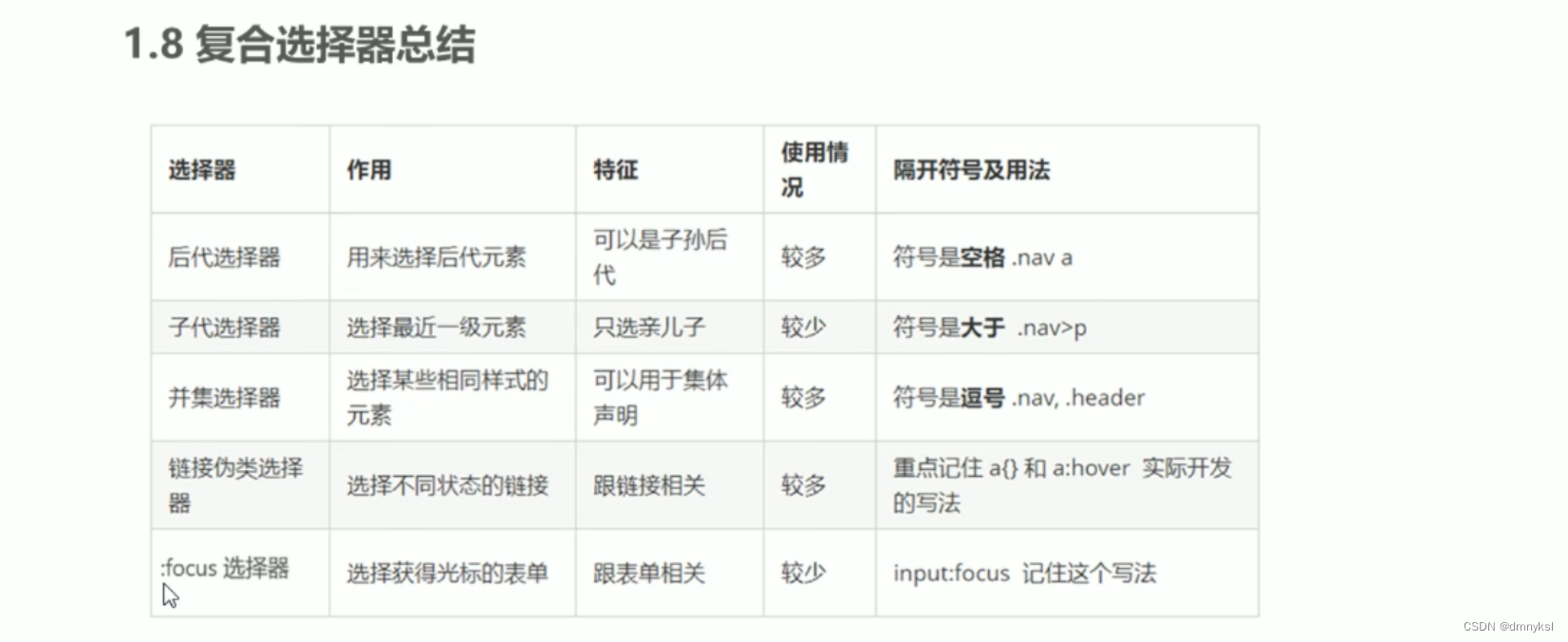
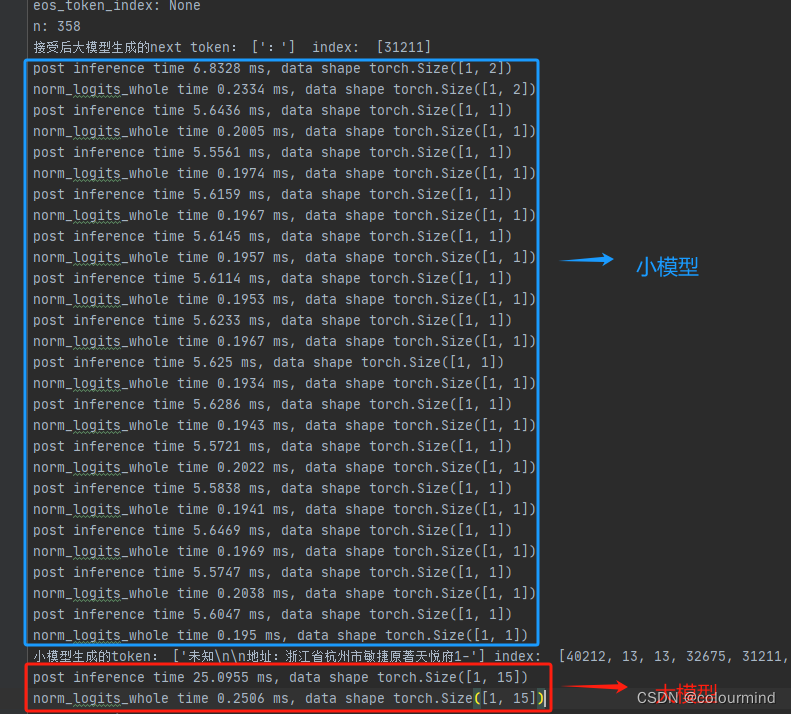



![[c++] 意识需要转变的一个例子,全局变量的构造函数先于main执行](https://img-blog.csdnimg.cn/direct/f8d511daa1704d4cb36a635b90c5ef1a.png)
